You are here
How to Reconstruct the Sound of Notre-Dame?

The resounding organ, sound of hushed footsteps, and whispering are all part of the extraordinary acoustic soundscape of Notre-Dame de Paris, which is now being studied by a team of two researchers. "I am making recordings and acoustic simulations of the cathedral," explains the acoustics specialist Brian FG Katz, who is a CNRS senior researcher at the Institut Jean le Rond d'Alembert.1 "And I am enriching these acoustics with history, a sound mix that is guided by historical archives, a type of sound design," says the sound landscape archaeologist Mylène Pardoen, from the Maison des sciences de l'homme Lyon Saint-Étienne.2 The two are also co-coordinators of the “Acoustics” working group of the “Chantier CNRS Notre-Dame.”
For the cathedral's heritage acoustics are more than the reverberation of sound against stone, "they also include everything that has taken place in the church’s square at different periods in time: the Hôtel-Dieu, Enfants-Trouvés hospital, leather tanning operations along the quays of the Seine," Pardoen adds, who is examining archives in order to gather information about sound influences.
Brian FG Katz had already taken acoustic measurements of the site in 2013. "We later developed a digital model calibrated according to these measurements," he points out.3 This virtual model of Notre-Dame's acoustics can be "injected with different tracks, such as a concert, or even 'applied' to a specific period thanks to Mylène Pardoen's work."
The next goal is to conduct measurements before and during the course of the restoration work, in an effort to evaluate the impact it will have on the cathedral's acoustics, while also improving the prediction model. "For example, we could determine whether the restoration work will affect the organ's resonance, and if so advise architects accordingly," Pardoen goes on. "But if we want to restore Notre-Dame's acoustics as part of this restoration work, which time period should we choose?" Katz asks. For the positioning and materials used for curtains, rugs, paintings, and furniture, which have varied from century to century, have a large impact on the acoustics of such a large stone structure. The results of this research will also prove useful to the general public, which cannot visit the site during restoration. "We would like to offer concerts in Notre-Dame's acoustic model, and maybe even hold live virtual events using streaming virtual-reality 3D audio technologies," Katz hopes.
- 1. CNRS/Sorbonne Université.
- 2. CNRS/ENS de Lyon/Univ. Jean-Moulin Lyon-3/Sciences-Po Lyon/Univ. Lumière Lyon-2/Univ. Jean-Monnet Saint-Étienne/Univ. Claude-Bernard Lyon-1.
- 3. More on the project right here: http://www.lam.jussieu.fr/Projets/GhostOrchestra.html
Keywords
Share this article
Author
Léa Galanopoulo has a biology degree and is currently studying scientific journalism at Paris-Diderot university.



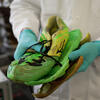



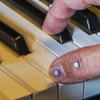
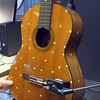
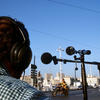
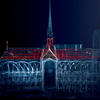
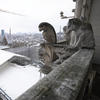
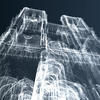
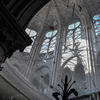
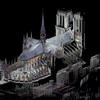
Comments
Log in, join the CNRS News community